Simple compositions of plants and stone
bahia
12 years ago
Related Stories
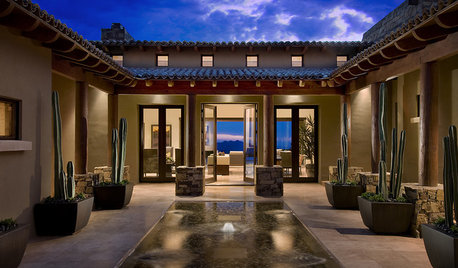
LIGHTINGGreat Compositions: Light and Private Courtyard Houses
Courtyard homes treat you to sun, light, air — and a new way of looking at the landscape
Full Story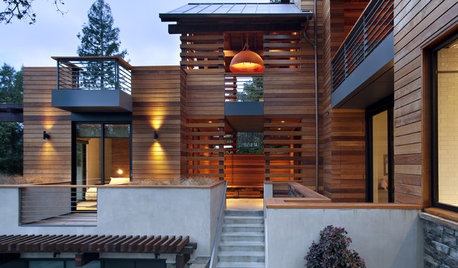
REMODELING GUIDESGreat Compositions: The Language of Walls
See how a well-designed wall can do much more than enclose a space
Full Story
KITCHEN DESIGNKitchen Sinks: Granite Composite Offers Superior Durability
It beats out quartz composite for strength and scratch resistance. Could this kitchen sink material be right for you?
Full Story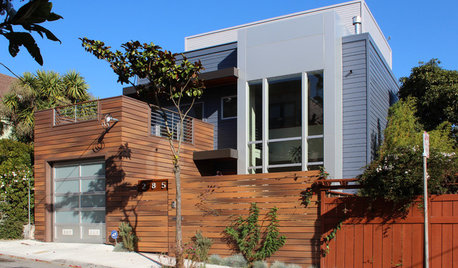
MATERIALSShould You Use Composite Timber in Your Landscape?
This low-maintenance alternative to wood is made from varying amounts of recycled plastic. Consider it for decks, fences and more
Full Story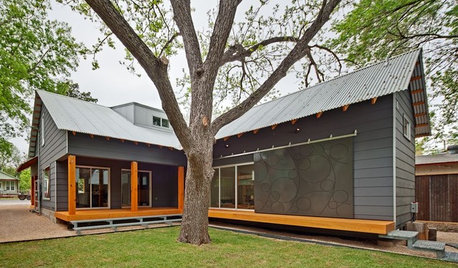
REMODELING GUIDESGreat Compositions: The L-Shaped House Plan
Wings embracing an outdoor room give home and landscape a clear sense of purpose
Full Story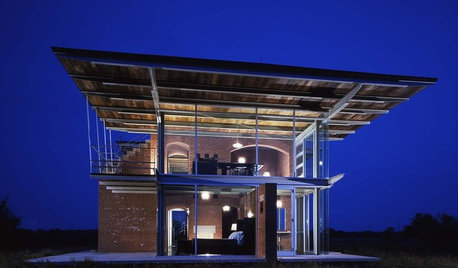
LIGHTINGGreat Compositions: Heavy and Light
Contrast in mass, delicacy, color and texture creates unforgettable design
Full Story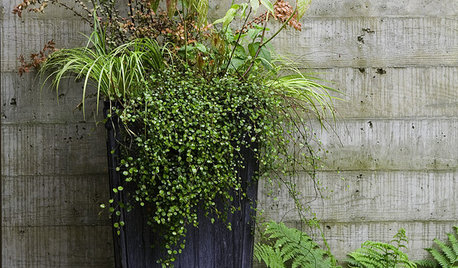
GARDENING GUIDESThe Secret Formula for Grouping Plants in a Pot
Designing a gorgeous container garden is easy once you know this simple rule of thumb for composition
Full Story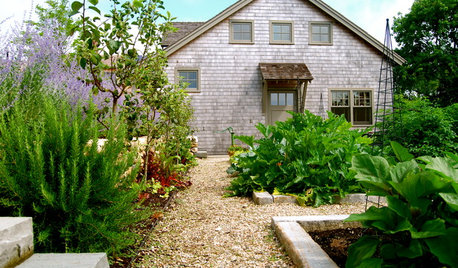
GARDENING GUIDESThe Simple Secret to Gardening Success
Learn the kinds of soil and a DIY type test to make sure you’re putting the right plant in the right place
Full Story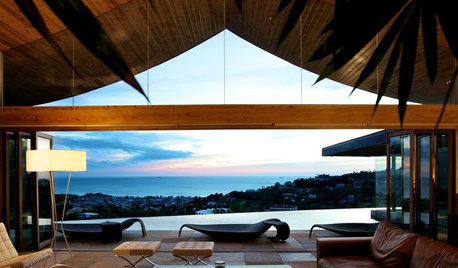
ARCHITECTURESimplicity vs. Simpleness in Architecture — and Why You Should Care
Don't confuse these two concepts; your home's beauty and ability to inspire are at stake
Full Story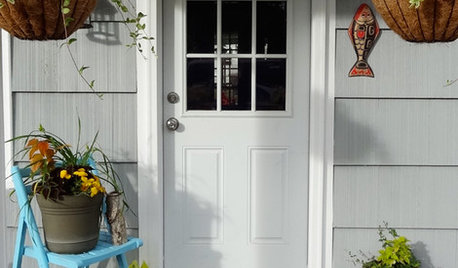
LANDSCAPE DESIGN10 Simple Ways to Personalize Your Front Entry
Set a welcoming tone for your home with stylish updates to your doorway, pathway and porch
Full StorySponsored
Most Skilled Home Improvement Specialists in Franklin County
More Discussions






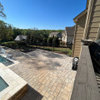

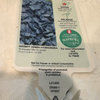
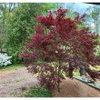
woodyoak zone 5 southern Ont., Canada
catkim
Related Professionals
Reading Landscape Architects & Landscape Designers · Arnold Landscape Architects & Landscape Designers · Roxbury Crossing Landscape Architects & Landscape Designers · Matthews Landscape Contractors · Cary Landscape Contractors · Fairfield Landscape Contractors · Framingham Landscape Contractors · Reedley Landscape Contractors · North Aurora Landscape Contractors · Fredericksburg Decks, Patios & Outdoor Enclosures · Greendale Decks, Patios & Outdoor Enclosures · Los Alamitos Decks, Patios & Outdoor Enclosures · Monroeville Decks, Patios & Outdoor Enclosures · Montgomery County Decks, Patios & Outdoor Enclosures · Rogers Decks, Patios & Outdoor EnclosuresbahiaOriginal Author
woodyoak zone 5 southern Ont., Canada
lazy_gardens